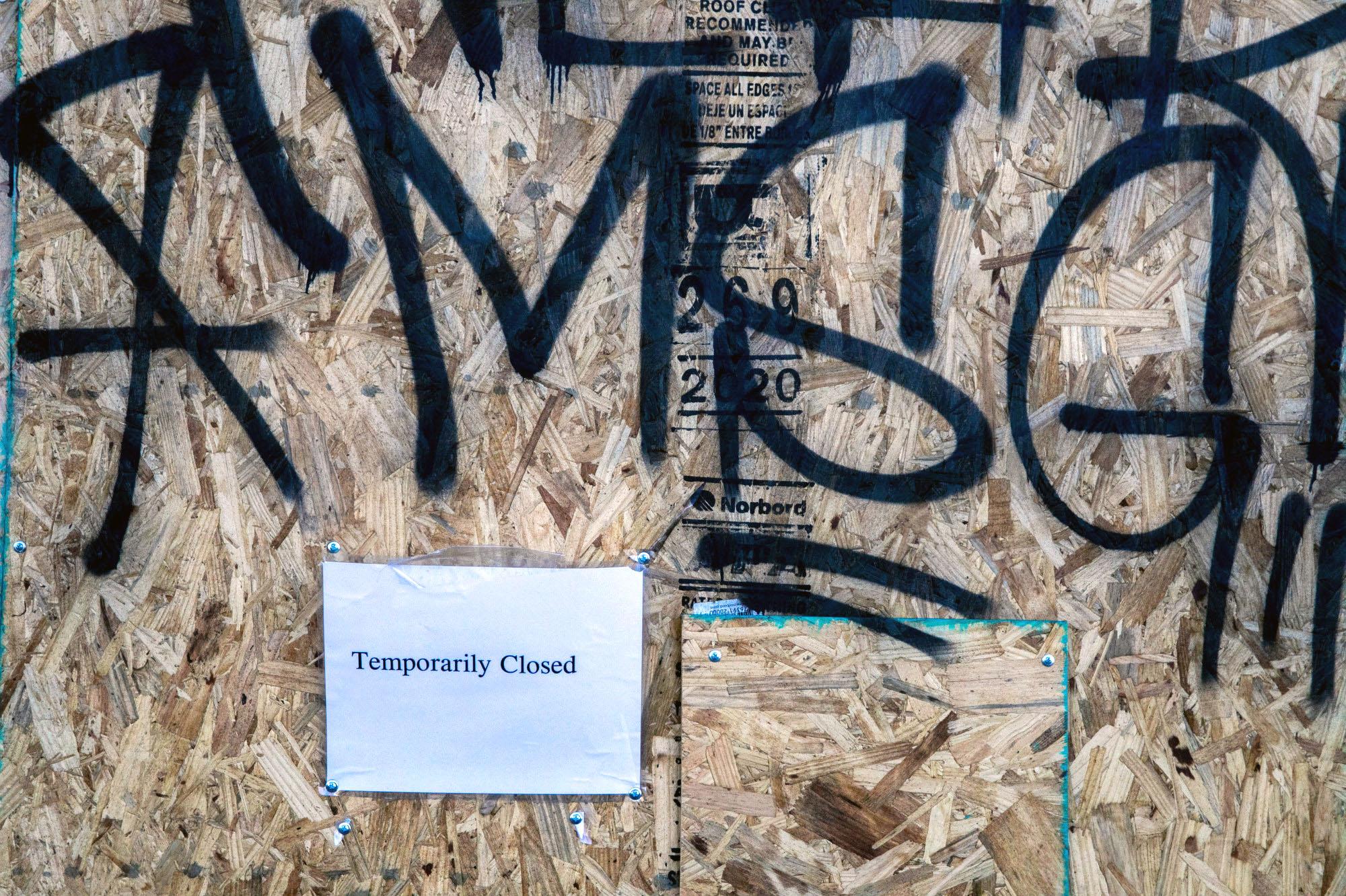
The wait for unemployment benefits could stretch several weeks longer for tens of thousands of people. Colorado’s Department of Labor and Employment plans to launch the next phase of extended unemployment benefits on the week of Feb. 22, although it may arrive earlier.
Hundreds of thousands of Coloradans lost their unemployment benefits late in December, when two emergency federal programs expired.
Congress approved a new round of benefits at the last minute and former President Donald Trump signed the bill on Dec. 27, but Colorado is still working to fully implement the revised program.
An initial phase launched at the beginning of February and has paid benefits to about 104,000 people. But just as many people may still be waiting for their benefits to resume in a second phase, and the state’s call centers have been swamped with calls for help
“There’s a whole host of complexities with phase two,” said Cher Roybal Haavind, deputy executive director for CDLE.
The extended benefits offer at least 11 weeks of unemployment benefits, and in some cases more. They’re available for people receiving both regular unemployment and Pandemic Unemployment Assistance, the emergency program targeted at gig workers and the self-employed.
The state is rolling out the new benefits in phases due to technical and logistical issues with different groups of claimants.
The first phase only included people who still had a balance in their unemployment account as of Dec. 27, when the previous benefits expired. In essence, CDLE isn’t ready to move the new unemployment money into people’s accounts; it can only pay out “leftover” funds from the previous program.
Anyone who had already spent the benefits before the programs expired on Dec. 27 — or who is newly unemployed since then — must wait for phase two.
Colorado recently upgraded its unemployment software system. The changeover has come with its own frustrations and issues, but state officials insist that the upgrade has helped them avoid further delays on benefits.
“I think if we weren’t in the middle of the pandemic, the deployment of MyUI+ would have been an example of a successful modernization. At a high level, that project was working as designed,” Haavind said.
“Because these programs are so complex in terms of eligibility and timeframes and phases of moving from one program to the other, there's almost no modernized system that’s been able to efficiently administer these benefits,” she said.
She added: “We’re not happy with the timeframes, but we’re doing the best we can to move through the implementation, one phase at a time.”
Some people will be waiting longer still.
For example, the new benefits law includes an additional $100 per week for “mixed earners,” who often have lost out on potential benefits due to complex rules about W-2 forms and freelance income. That extra benefit will be left for a third or fourth phase, along with other smaller groups.
Haavind also acknowledged that issues and problems are still cropping up daily — and some may go unaddressed as the state and its consultant, Deloitte, sprint to implement the next phase. For example, CDLE scrambled this week to try to clarify confusing language in a questionnaire and to figure out why some people were being disqualified for benefits for a week.
“There will likely be some continued frustrations,” Haavind said.
Colorado has lagged behind some other states in implementing the new programs. Twenty-eight other states had resumed Pandemic Unemployment Assistance payments and 26 states had implemented the extension to regular benefits as of Jan. 27, according to research by The Century Foundation.









